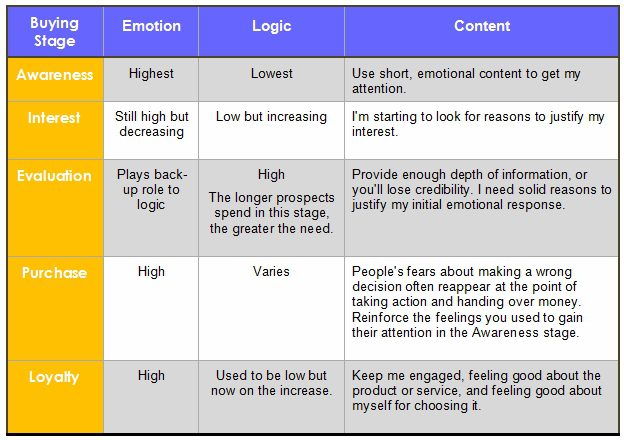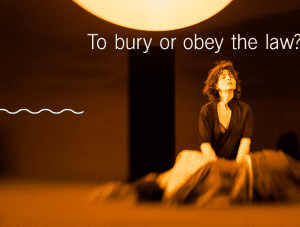People decide to buy products from companies. People–maybe the same people–decide to give money to organizations. What can nonprofits learn from the business “buying cycle” that will help us to create loyal supporters?
According to Catherine Sherlock, one thing we can learn is when to appeal to people’s hearts and when to their heads.
She says, “The idea that people buy solely on emotion is old-school selling… Under old-school selling, people felt manipulated—which is why they started turning to the Internet and to friends for answers rather than engaging with salespeople.”
Content Marketing: Giving Nonprofit Donors What They Want
Now, when people see your content, they may have just heard of you for the first time, or they may know you quite well. If you ran into a longtime donor or volunteer on the street, wouldn’t you greet them very differently from someone you just met? You also need different messages–different information and different emotional tone–when you’re “meeting” people through your writing or social media.





